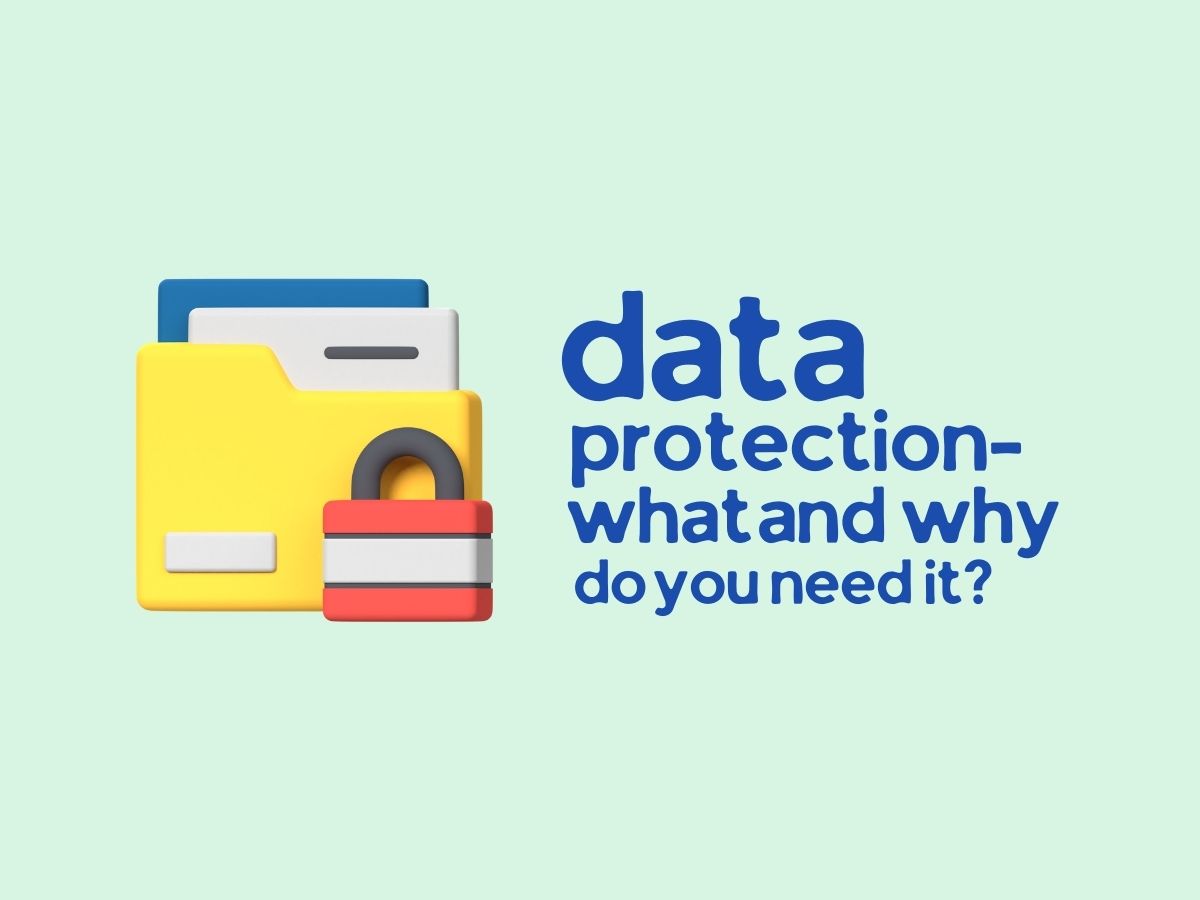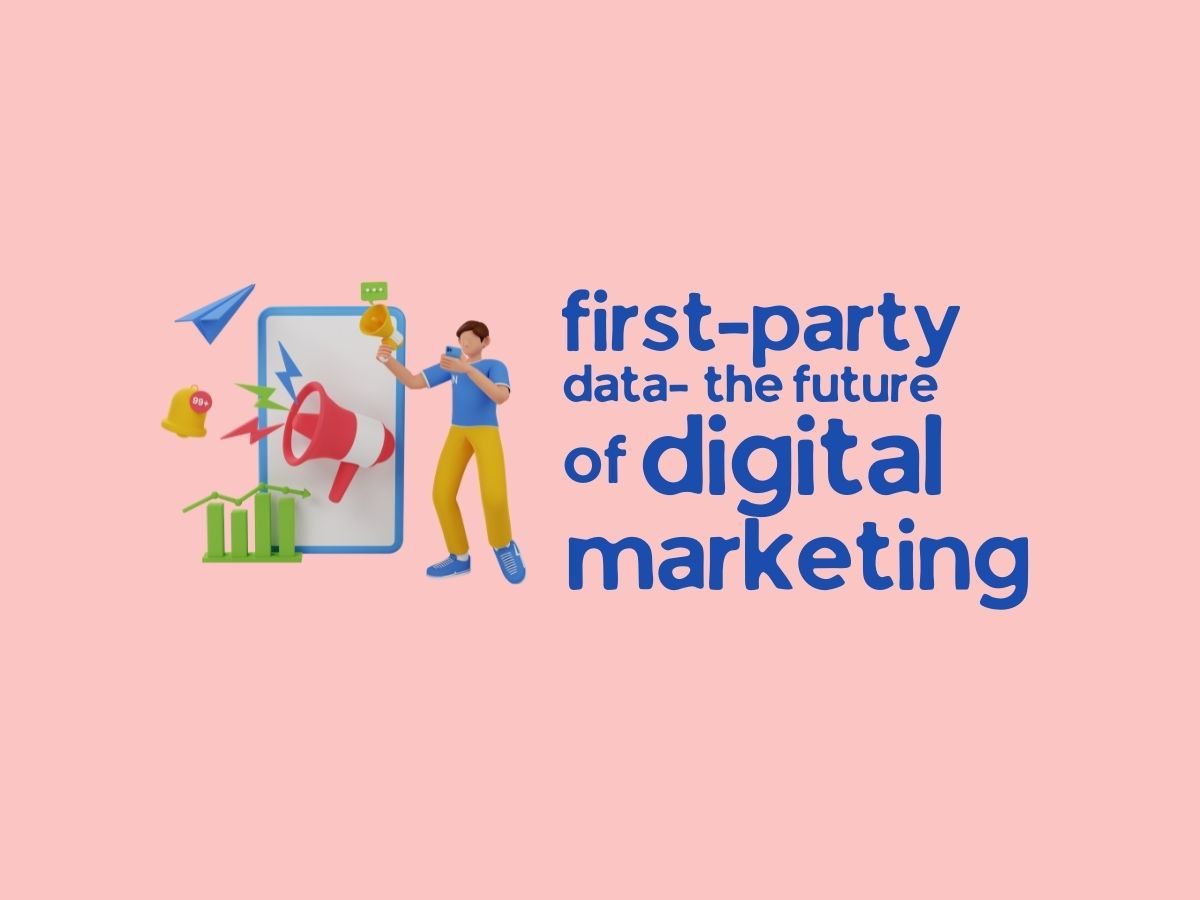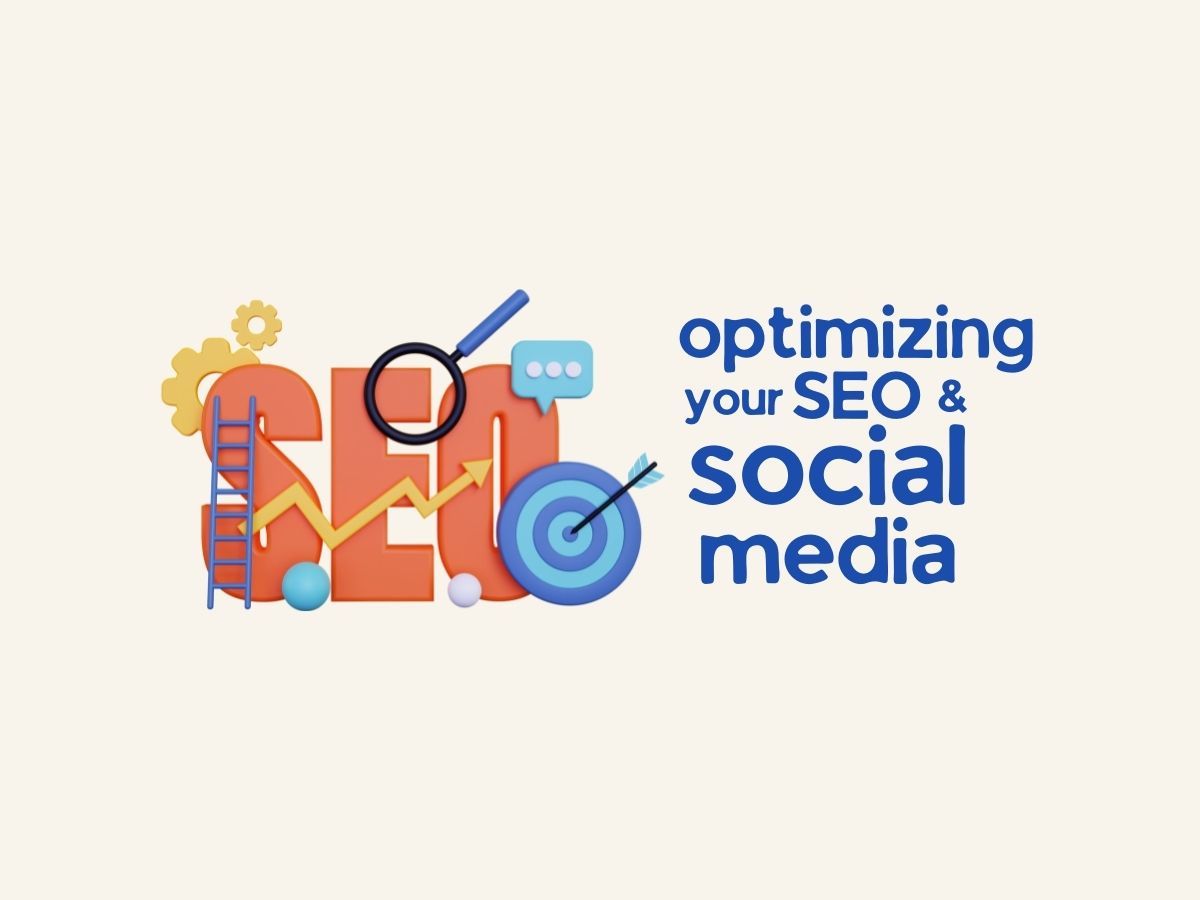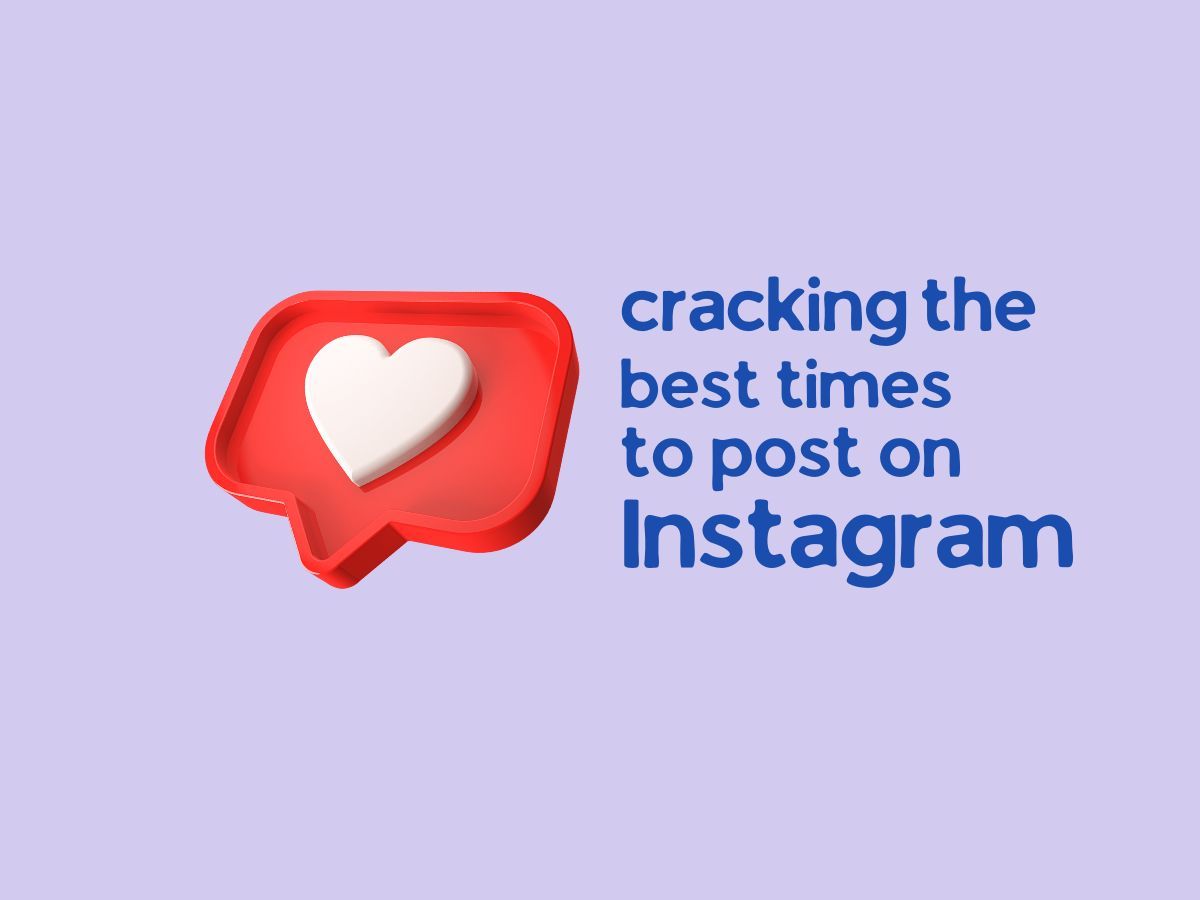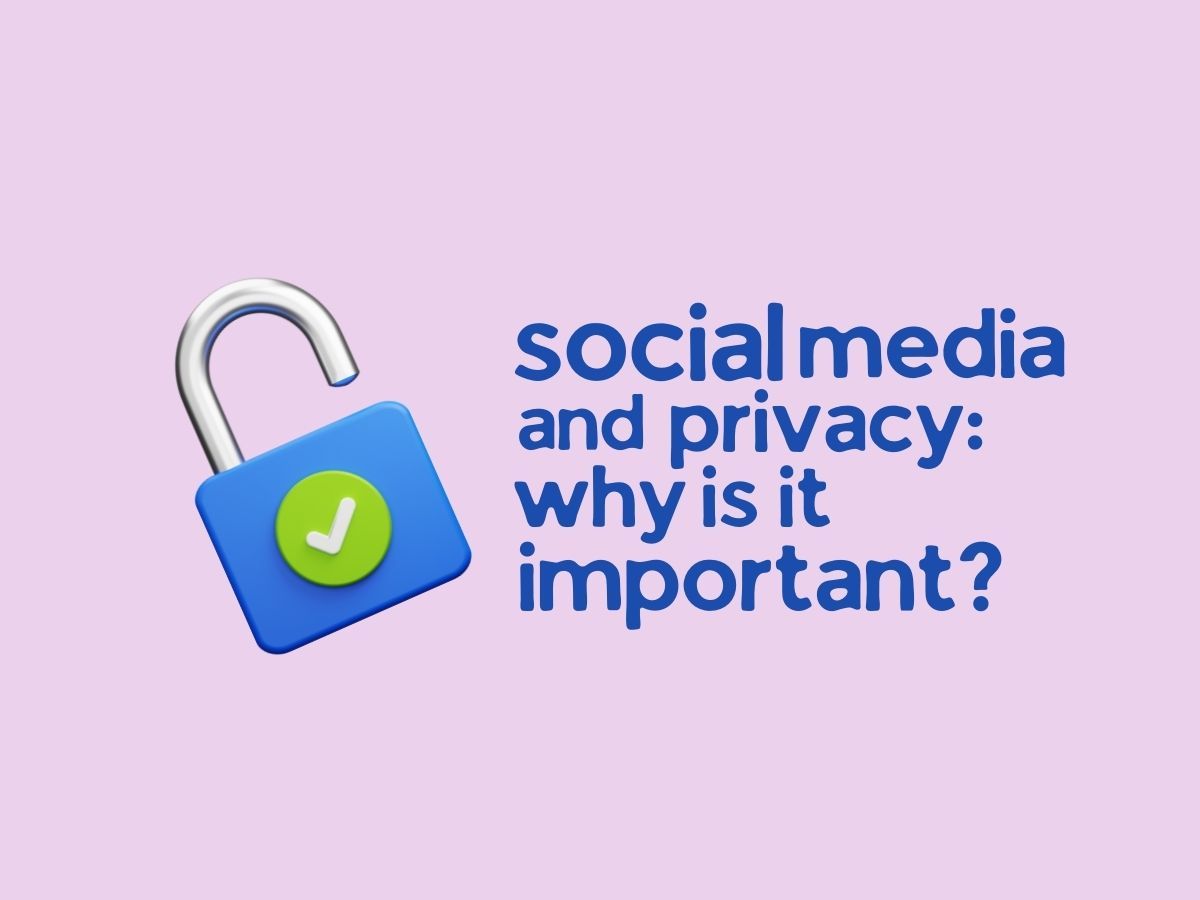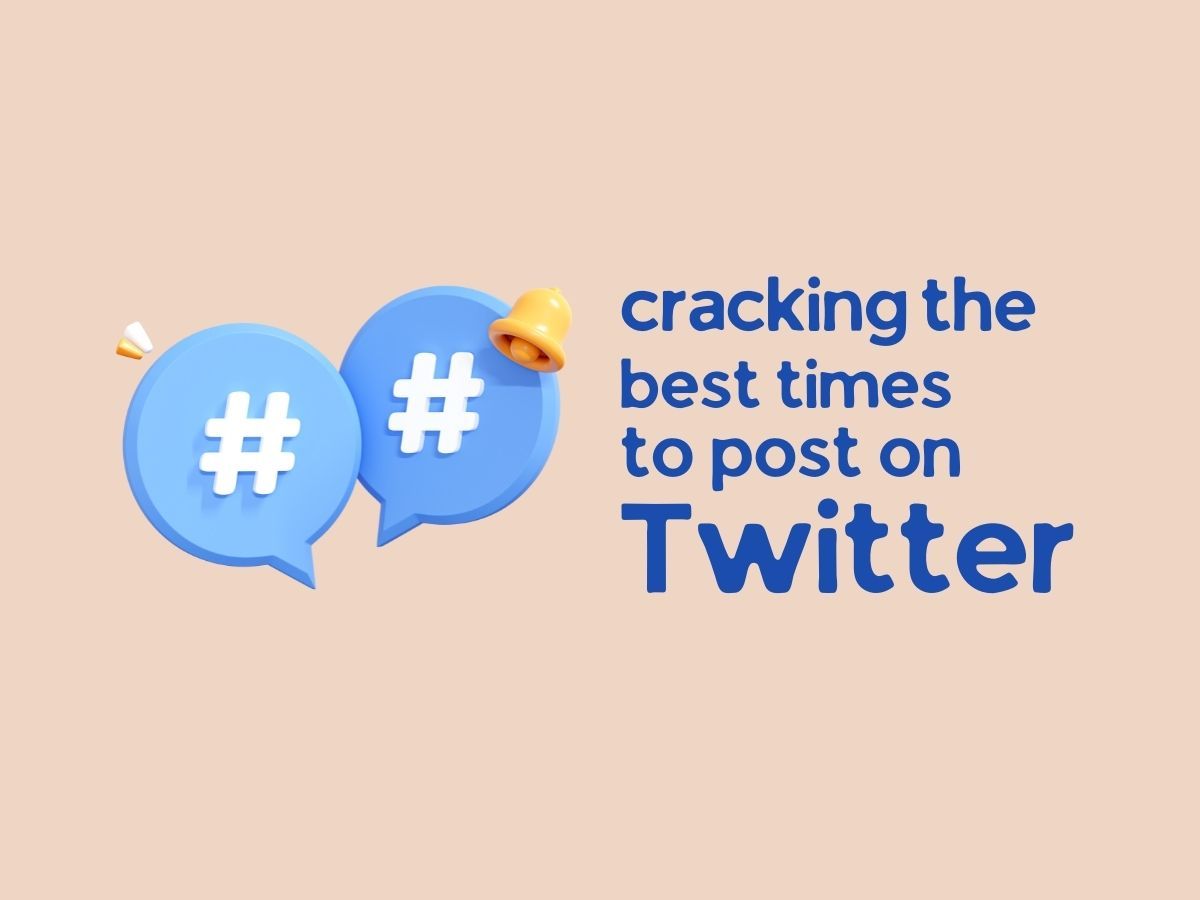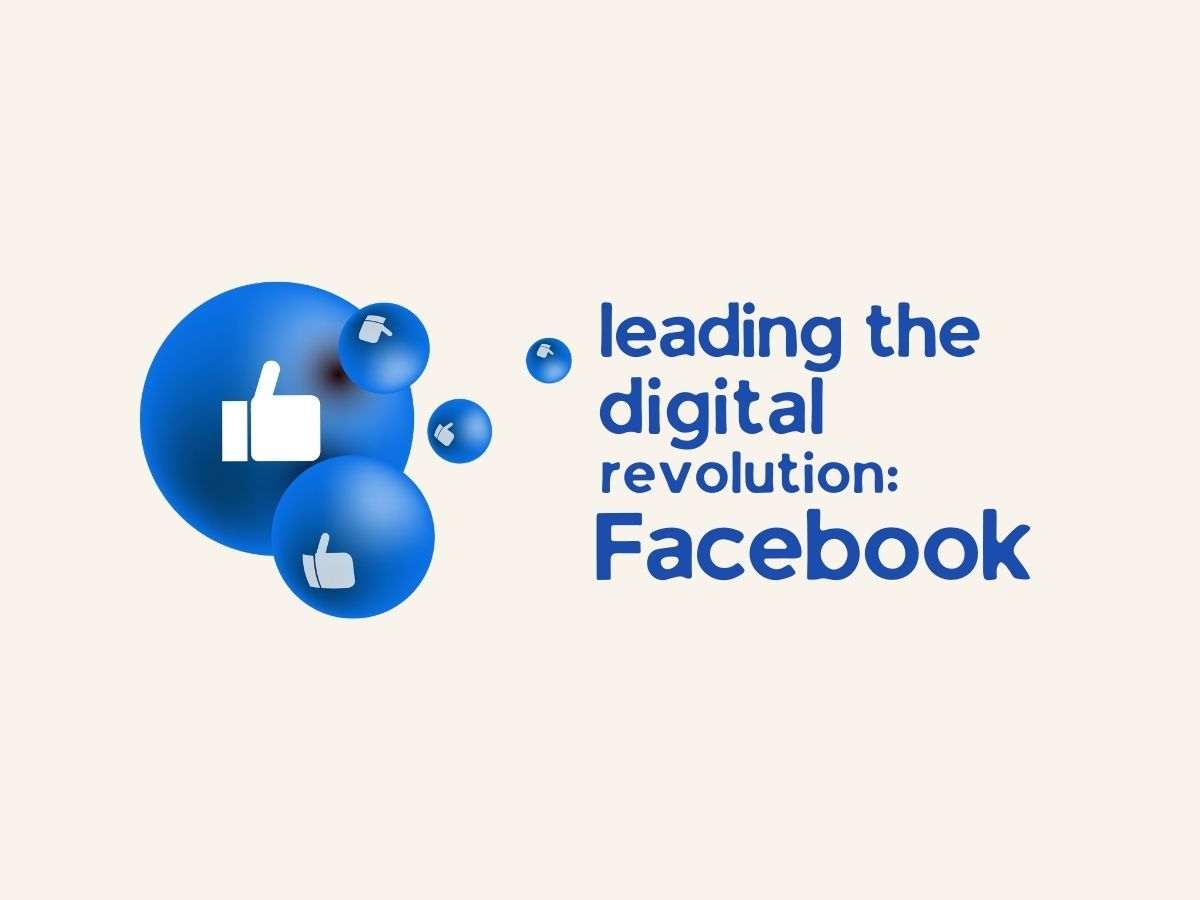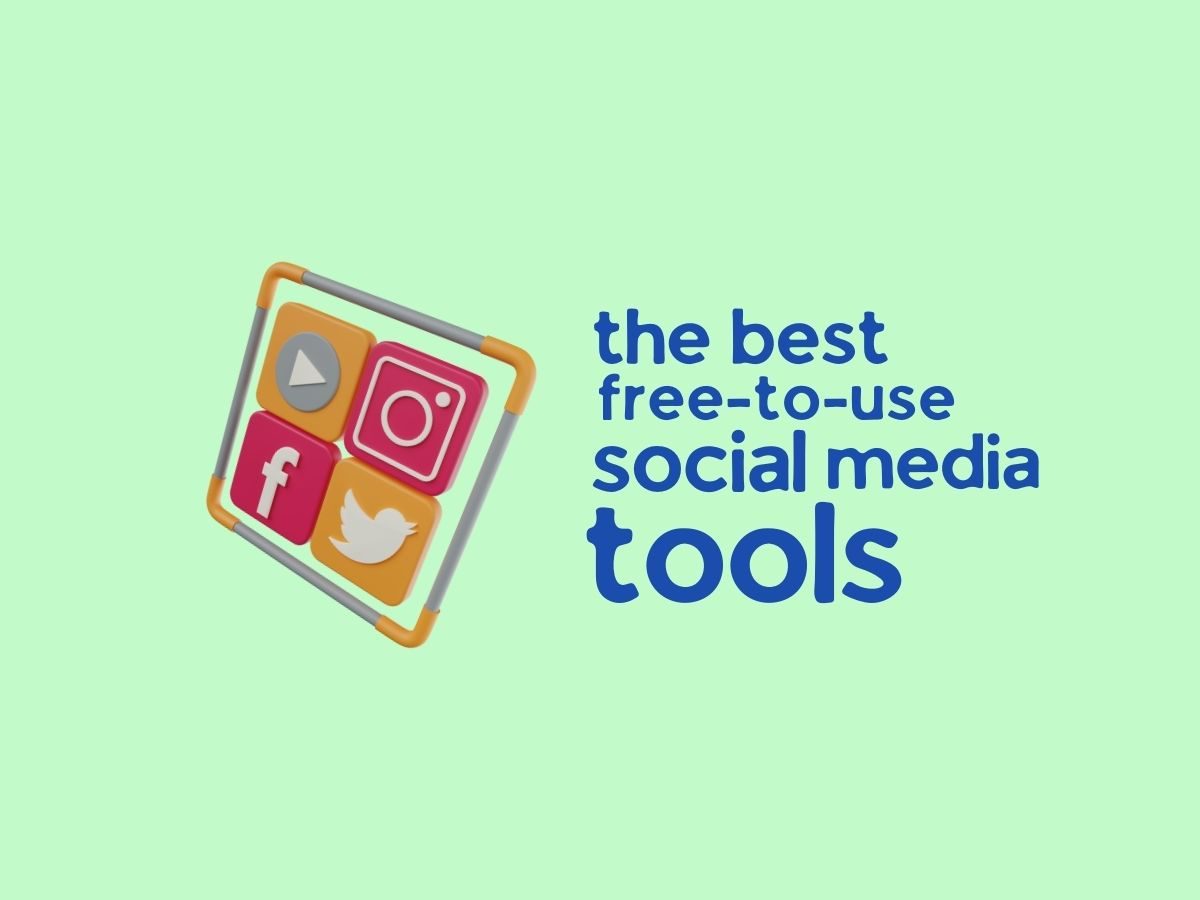What are Analytic tools and how are they useful?
Analytics tools are software that helps businesses collect, process, and analyze data to understand their online performance and make informed decisions. These tools provide valuable insights into various aspects of a business’s digital marketing strategy, such as website traffic, number of visitors, the sources of traffic, and user behavior on the website.
Web analytics tools
These can help businesses understand which marketing channels are driving the most traffic and make informed decisions on where to focus their efforts. These tools help businesses track and analyze data in real time, allowing them to make quick and informed decisions based on the latest data. This can help businesses stay ahead of the competition and make the most of their digital marketing efforts.
Social media analytics tools
These are designed to help businesses track and analyze their social media performance. These tools provide insights into the reach, engagement, and impact of a business’s social media campaigns. Social media analytics tools can help businesses understand how their social media efforts are resonating with their audience and make informed decisions on how to improve their strategies.
Email analytics tools
These are designed to help businesses track the performance of their email campaigns. These tools provide insights into email opens, clicks, and conversions, and offer a range of features to help businesses create and optimize their email campaigns. Email analytics tools can help businesses understand the effectiveness of their email campaigns and make informed decisions on how to improve them.
With so many analytics tools available in the market, it can be overwhelming to choose the best ones for your business. Here are some of the best analytics tools for digital marketing:
Google Analytics
Google Analytics is a web analytics tool that provides insights into a business’s website traffic and user behavior. It is a free tool that offers a wide range of features, including audience demographics, acquisition channels, and real-time data.
One of the key features of Google Analytics is its ability to track and analyze website traffic. Businesses can see how many visitors they are getting, where they are coming from, and how long they are staying on their website. This can help businesses understand which marketing channels are driving the most traffic and make informed decisions on where to focus their efforts.
Hootsuite
Hootsuite is a social media analytics tool that helps businesses track and analyze their social media performance. It provides insights into the reach, engagement, and impact of a business’s social media campaigns.
Hootsuite offers a range of features for businesses to track and analyze their social media performance, including the ability to schedule and publish posts, track engagement, and measure the impact of campaigns.
Mailchimp
Mailchimp is an email analytics tool that helps businesses track the performance of their email campaigns. It provides insights into email opens, clicks, and conversions, and offers a range of features to help businesses create and optimize their email campaigns.
Mailchimp offers a range of features for businesses to create and send email campaigns, including templates, A/B testing, and automation. It also provides insights into the performance of these campaigns, including the number of emails opens, clicks, and conversions.
SEMrush
SEMrush is a comprehensive analytics tool that helps businesses track and analyze their search engine performance. It provides insights into keyword rankings, backlinks, and paid search campaigns.
SEMrush offers a range of features for businesses to track and improve their search engine performance, including keyword research, technical SEO analysis, and backlink analysis. It also provides insights into paid search campaigns, including ads, spends, and performance data.
HubSpot
HubSpot is a powerful analytics tool that offers a range of features for businesses, including website traffic analysis, lead generation, and customer relationship management.
HubSpot provides insights into website traffic, including sources, behavior, and conversions. It also offers a range of features for lead generation, such as forms and pop-ups, and customer relationship management, including email and live chat.
Sprout Social
Sprout Social is another popular social media analytics tool that helps businesses track and analyze their social media performance. It provides insights into social media metrics, such as reach, engagement, and sentiment, and offers a range of features for social media management, including scheduling and publishing.
Constant Contact
Constant Contact is another popular email analytics tool that helps businesses track and analyze their email campaigns. It offers a range of features for email marketing, including templates, automation, and A/B testing, and provides insights into email performance, such as opens, clicks, and conversions
Conclusion
Analytics tools are an essential part of any digital marketing strategy. They help businesses track and analyze their online performance and make informed decisions. The tools mentioned above are some of the best analytics tools available in the market and can help businesses of all sizes and industries.
We hope this article helped you learn something new and added value to your time. Want to stay up to date with the latest in digital marketing? Catch us on social media on our handles below and we’re there to help you.



